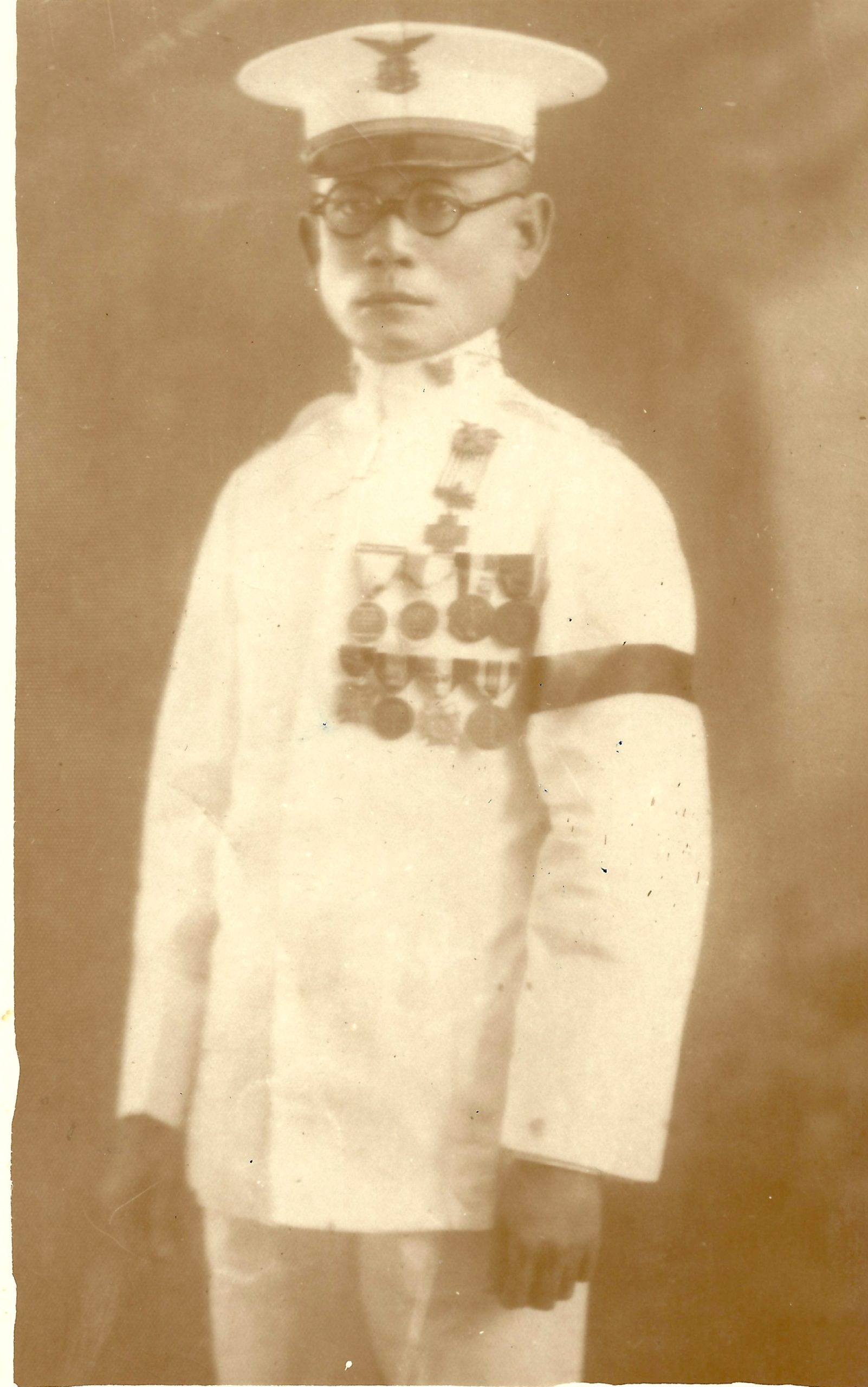 In her new book, Instruments of Empire: Filipino Musicians, Black Soldiers, and Military Band Music during U.S. Colonization of the Philippines, CSUDH Assistant Professor of Asian-Pacific Studies Mary Talusan Lacanlale doesn’t just reveal the hidden history of the Philippine Constabulary Band–she uncovers some of her own family history, as well.
In her new book, Instruments of Empire: Filipino Musicians, Black Soldiers, and Military Band Music during U.S. Colonization of the Philippines, CSUDH Assistant Professor of Asian-Pacific Studies Mary Talusan Lacanlale doesn’t just reveal the hidden history of the Philippine Constabulary Band–she uncovers some of her own family history, as well.
The Philippine Constabulary Band, a group of Filipino musicians originally formed in 1902, toured the world for several decades to great acclaim, but they also helped to convince audiences that the American colonization of the Philippines was worthwhile and just. The band dissolved at the outset of World War II, and its history was all but forgotten–but not by Lacanlale’s grandmother.
“My grandma would visit from the Philippines every other year and stay with us in Massachusetts for a couple of months,” recalls Lacanlale. “She was my only connection to Filipino culture, as well as my own history. She would close her eyes and tell us this fantastic story about how her father–my great-grandfather–was a famous band musician, how he came to the U.S. many times to perform in symphony halls in New York, Boston, and Chicago.”
“I thought, ‘Yeah, you’re exaggerating. That can’t possibly be true.’ “
The stories stuck with Lacanlale, though, and years later, while in graduate school, she decided to research the band for a Philippines history course.
“At the time (1999 or 2000), everything wasn’t digitized,” says Lacanlale, “so I had to go and look through lots of microfilm. I found my great-grandfather’s name, Pedro Navarro, and photo in American newspapers–he was the band’s first Filipino conductor. I was blown away that my grandmother’s stories were true on the one hand, and also how my family history had a connection to U.S. colonization of the Philippines.”

Lacanlale continued to research the band’s history after grad school, working on it as a side project for two decades, during summer breaks and when grant funding allowed. In the course of her work, Lacanlale found that the Constabulary Band had been assembled specifically to promote American colonization. An African American army officer named Walter Loving was asked to assemble the band and scoured the islands for musicians to fill out the roster.
“This Filipino band was sent to all of these states and several world’s fairs to project an image of the Philippines that legitimized U.S. colonization,” says Lacanlale. The idea of American colonization was a contentious one at the time, for a variety of reasons. “Some said they didn’t want all of these brown people becoming U.S. nationals; others said our constitution says we’re committed to freedom and independence, so why are we colonizing another country?”
In the end, the U.S. government brought over 80 Filipino band members to tour the states on multiple occasions. As Lacanlale relates, “They were able to make the band’s playing of European and American music seem miraculous, because they obscured the fact that the Philippines was already westernized due to 300 years of Spanish colonization.”
In truth, most of the Constabulary Band had been playing similar music for generations. But to American audiences of the time, they represented tribesman who had been ‘civilized’ by the influence of the U.S.
“The newspapers said that Loving had gathered a bunch of random Filipinos who had never seen western instruments before and taught them to be the best musicians in the world,” Lacanlale says. “So of course it seemed miraculous. ‘In just a few years of colonization, we created this symphony!’ It was an amazing tool to promote the success of U.S. colonization.”
Lacanlale chose the book’s title to reflect this fact. “They were ‘Instruments of Empire’ because they proved to the American public that ‘civilizing’ Filipinos was possible.”
The band toured all over the U.S., and Lacanlale’s great-grandfather accompanied them on three of the treks. They also played throughout Southeast Asia, and even for Queen Lili’uokalani, the last Hawaiian queen before the U.S. made the islands a territory.
When Loving first retired from the band in 1916, Lacanlale’s great-grandfather Pedro Navarro took over and became the band’s first Filipino conductor. He excelled in the role, even receiving praise from legendary bandleader John Philip Sousa. Navarro remained conductor until 1918, when he left the band.
One of Lacanlale’s takeaways from her years of research is that some of the racist stereotypes of the early 1900s still persist today. “One of the important issues I raise is how we still diminish Filipino performance today. There are a lot of artists from the Philippines, but I think there’s still this legacy that follows Filipinos. They’re still stereotyped as ‘natural’ performers or singers.”
SMITHSONIAN FOLKWAYS RECORDINGS: An ethnomusicologist specializing in Filipino and Filipino American music and culture, Lacanlale recently co-produced a Smithsonian Folkways Recordings of Filipino gong music in honor of the late musician and teacher Danongan Kalanduyan Kulintang Kultura: Danongan Kalanduyan and Gong Music of the Philippine Diaspora. Enjoy this Smithsonian Folkways playlist with commentary by Lacanlale.
“If we continue to refer to them through a racial stereotype that assumes that musical ability is somehow biological–which it’s not–then we will not see Filipinos as independent individuals in the world. That’s what I insert as an argument as it relates to today.”
“Unless we get away from that, we’re unable to see them as real artists”–like Pedro Navarro, whose great-granddaughter’s scholarship is helping bring his and his bandmates’ artistry–and history–back to into the light.









